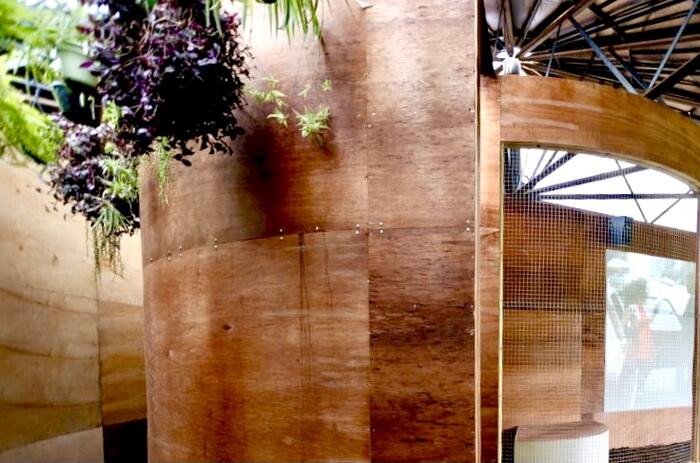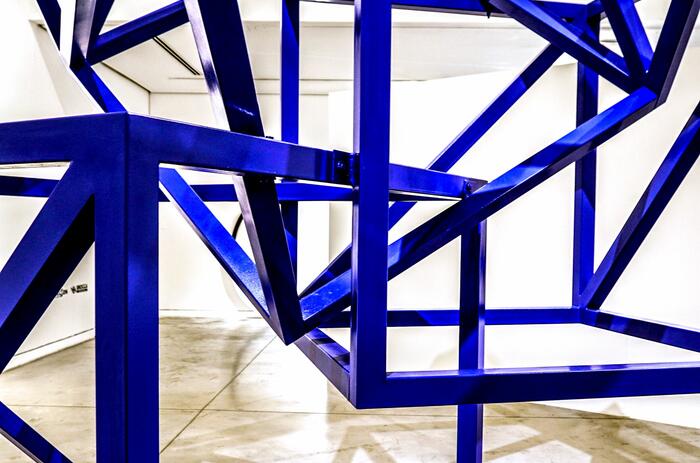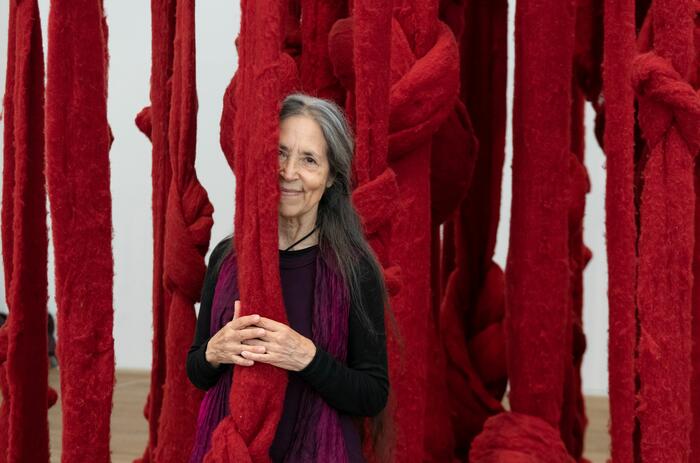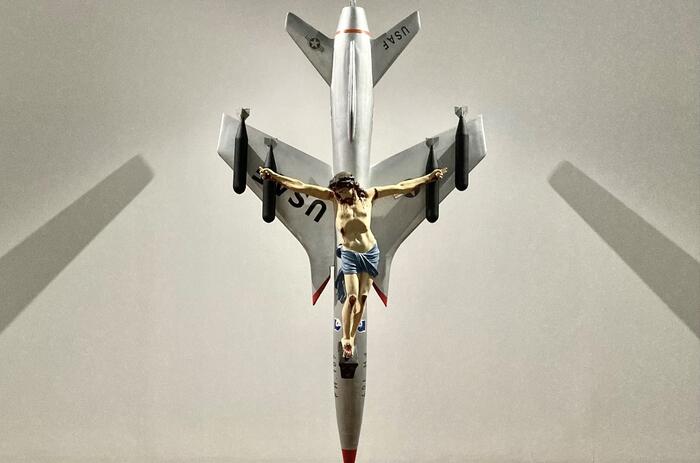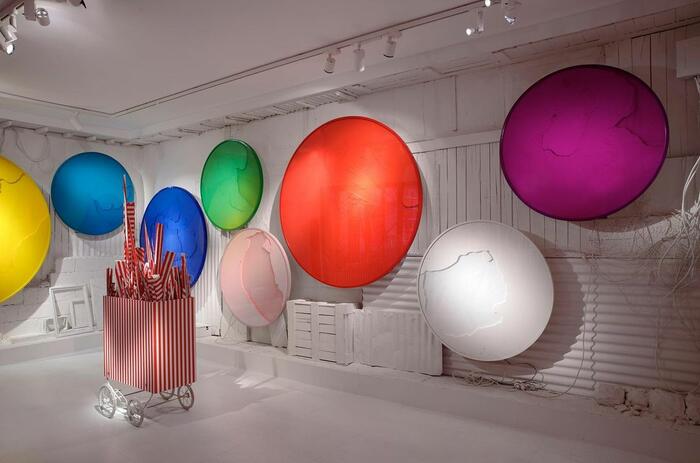PARIS - CINETIQUE! THE SCULPTURE IN MOVEMENT
Welcome to the fascinating world of kinetic art! The Espace Monte-Cristo, the Parisian headquarters of the Fondation Villa Datris-Isle-sur-la-Sorgue, presents to celebrate its fifth anniversary "Cinétique! La sculpture en mouvement" (Kinetic! Sculpture in movement). The staging of this exhibition allows us to discover the creations of 25 French and international artists; kinetic sculptures from the 60s to the present mixing historical and scientific references. Static, dynamic or mechanical, these works play with our perception and evolve according to our movements. A colorful, sonorous, rhythmic and moving journey opens up before us.
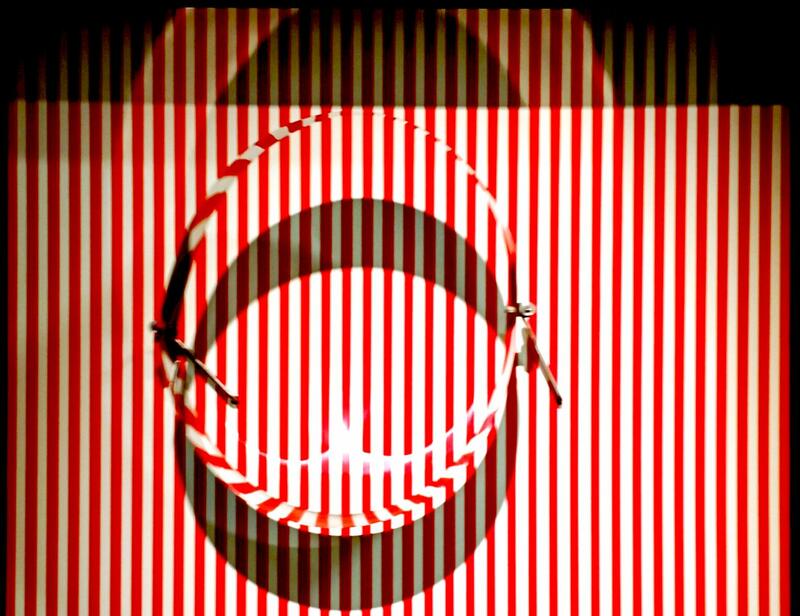
The exhibition is a journey through the history of optical and kinetic art, whose works illustrate the theme of movement and light that Tinguely defined with the phrase "the only thing that is stable is movement everywhere and always." Whether it is a real movement created by a motor or light, or a virtual movement created by optical illusion, all the sculptures on display involve the participation of the public, invited to become an integral part of the work and play with it. Thus, the witnesses of those years are exposed in which each of them wanted to find a pictorial truth through movement and light, creating kinetic and optical art in all its forms of expression. It proposes reviving the evolution of kinetic art, the energy linked to movement where history, science and art dialogue and mix in this journey, linked to abstraction. All the talent of artists consists in creating an image that is only revealed when one stands at a precise point. The perspectives move, the works gain depth or relief, an image suddenly appears, the colors change, the still images seem to move by themselves.
Kinetic artists work on space and light, others direct their research towards movement to liberate the work, both physically and symbolically. And others seek, through the phenomena of light and optics, to restore the unstable, changing character of a world that was previously considered fixed and immutable. With a selection that brings together the work of Victor Vasarely, Yaacov Agam, Nicolas Schöffer, among others, the exhibition proposes to explore these two paths and gives preferential consideration to the great masters of Latin American kinetic art: Julio Le Parc, Dario Pérez Flores, Carlos Cruz Diez, Soto, through works that show the retinal force of kinetic art and its enriching trompe-l'œil, together with that of young Latin American artists: Miguel Chevalier, Elias Crespin.
-
Obra de Yaacov Agam. Foto por Daniel Avena
-
Obra de Nicolas Schöffer. Foto por Daniel Avena
-
Obra de Marina Apollonio. Foto por Daniel Avena
-
Obra de Marina Apollonio. Foto por Daniel Avena
-
Obra de Julio Le Parc. Foto por Daniel Avena
-
Obra de Soto. Foto por Daniel Avena
-
Obra de Jean Dewasne. Foto por Daniel Avena
The different rooms welcome the visitor who is confronted with an explosion of color and movement emerging from the kinetic works, whose creation processes, based on the scientific method or completely linked to intuition, lead the viewer, for an instant, not only to “see ”, but to participate; to be surprised by Julio Le Parc, a visual effects wizard, to be captivated by Elias Crespin's "Electrokinetic Mesh IV": made up of 64 motors, the copper net and lead balls dance in space and create 73 geometric figures that are juxtaposed for 30 minutes, or by the unique work of Manuel Mérida who had carte blanche to create two monumental works.
For the interior, he deploys a stunning slum-inspired white architectural installation, incorporating his spinning circles of monochrome pigments. Outside, the artist presents the fourth version of the work “Usuyuki/chantier”, a set of heterogeneous elements that are set in motion to compose a firework of lines and materials. This poetic machinery of red and white stripes makes us see in the linearity of the stripes motif a trompe-l’œil order from which a joyous artistic freedom escapes.
Victor Vasarely invents a plastic alphabet made up of combinations and permutations of shapes and shades that destabilize the passerby with his work "Torony II" where color is his main tool to suggest the illusion of volume and depth. In “Mobile”, Darío Pérez-Flores conceives a relief with rigorously painted vertical lines of colors where the cylinders move slowly, creating the illusion of lateral movement. Attentive to natural phenomena and their infinite variations, Susumu Shingu is interested in the ephemeral and transitory that governs nature. He designs animated sculptures whose movements are generated by the flows and forces of nature such as wind, water and gravity. These movements, by nature unpredictable, never repeat themselves. Under the impulse of the air, his work "Snowflakes" takes, at each moment, a new form and invites the observer to imagine, to discover the relationships of his work with its environment or to recognize in its forms and movements an evocation of organisms or natural phenomena.
The interesting thing about this exhibition is that the place, transformed into a recreational space, captures the visitor's attention and suggests a delirious walk through childhood memories. Kineticism and transparency, plexiglass and metal, this is how they are presented, as a metaphor of modular forms that respond to a true genealogy of geometry. Without a route, or a single discourse, artists from the past and present century, but with something in common, movement, travel to the viewer as a game in absolute freedom, between lights and shadows. Through this set of works, the exhibition wants to subtly shake the semantic field that we usually identify with kinetic art in order to open up new possibilities and glimpse new meanings.

